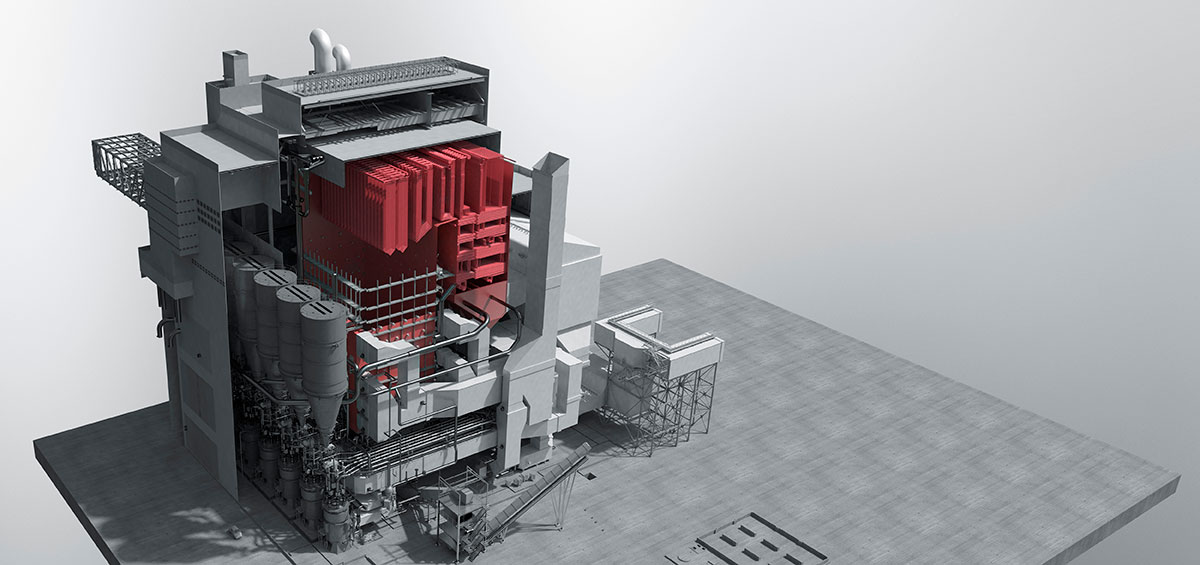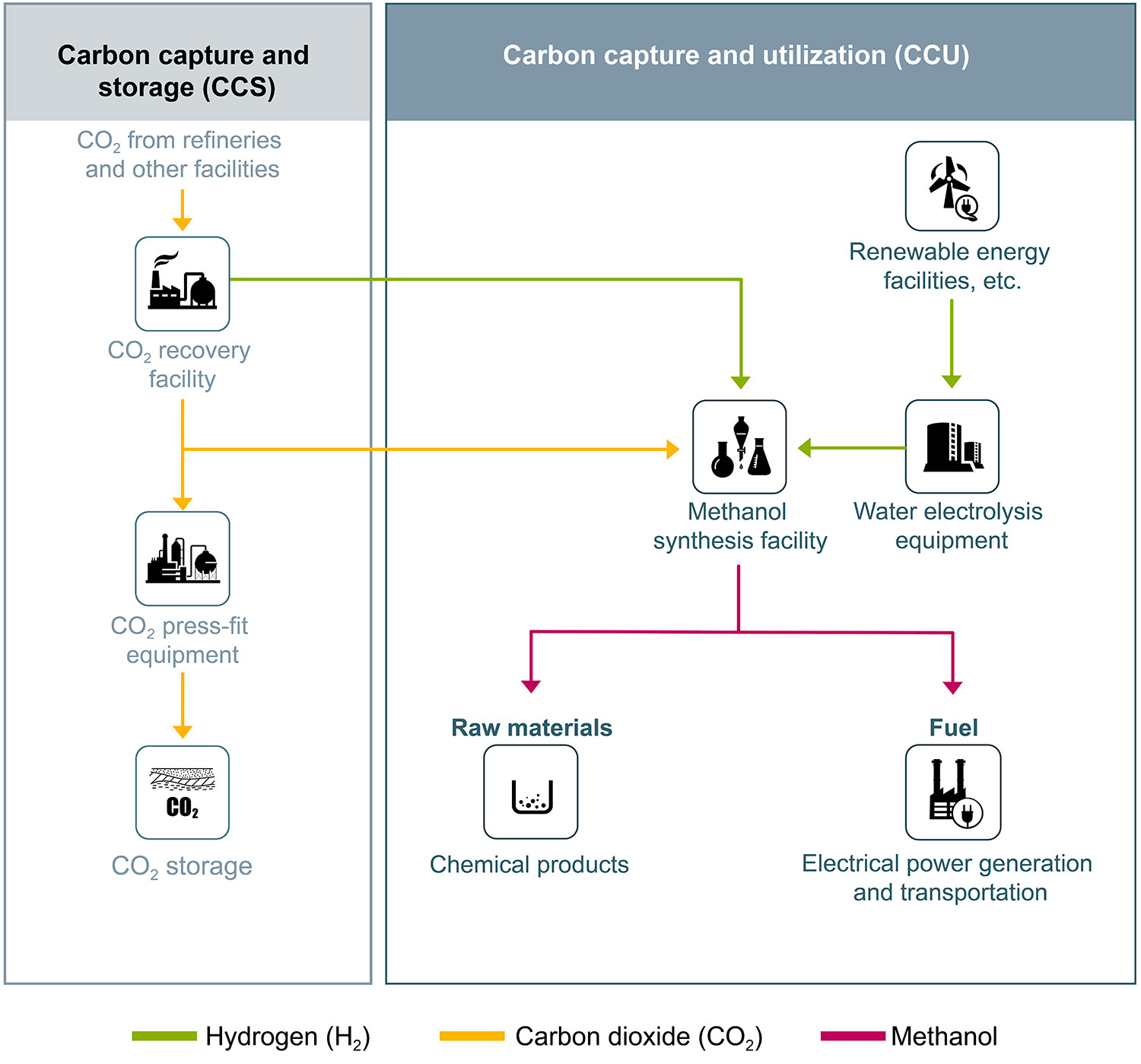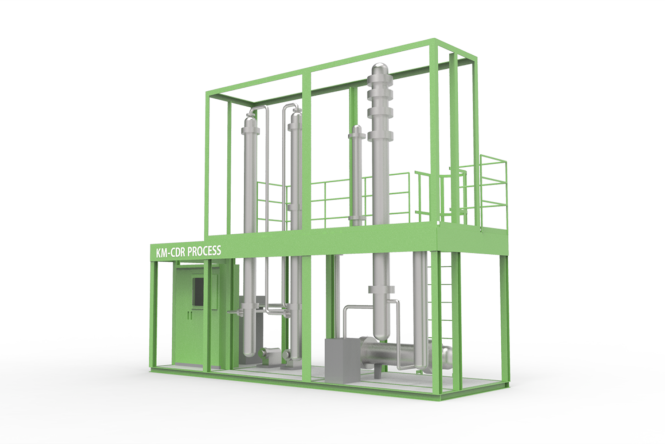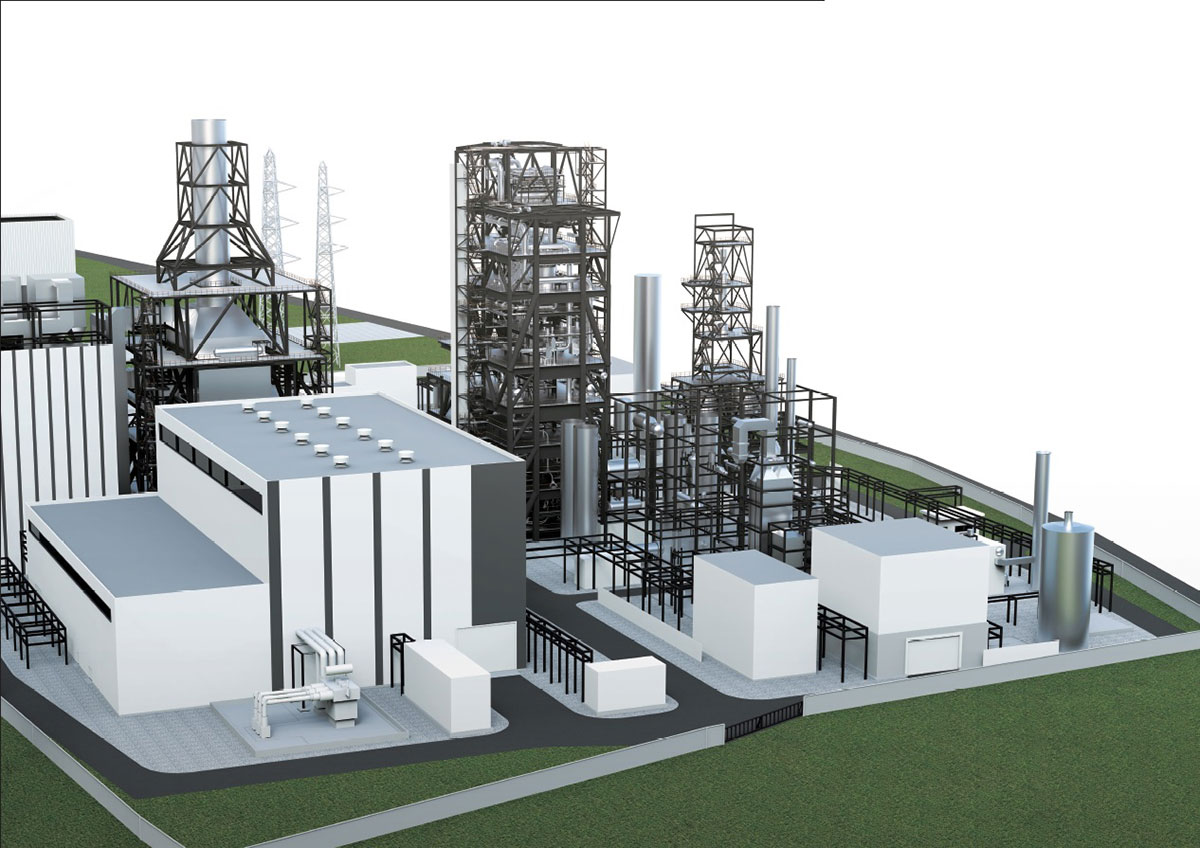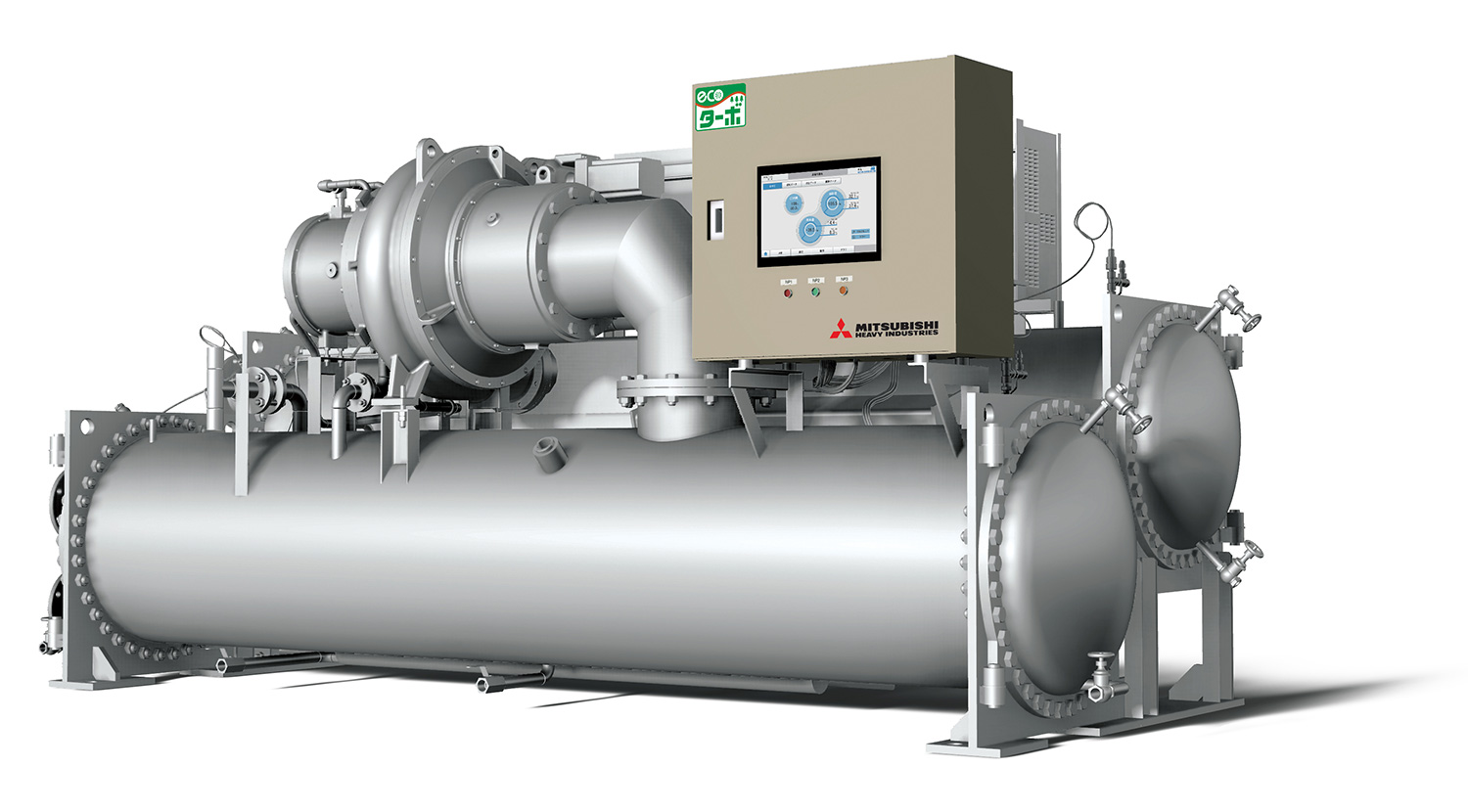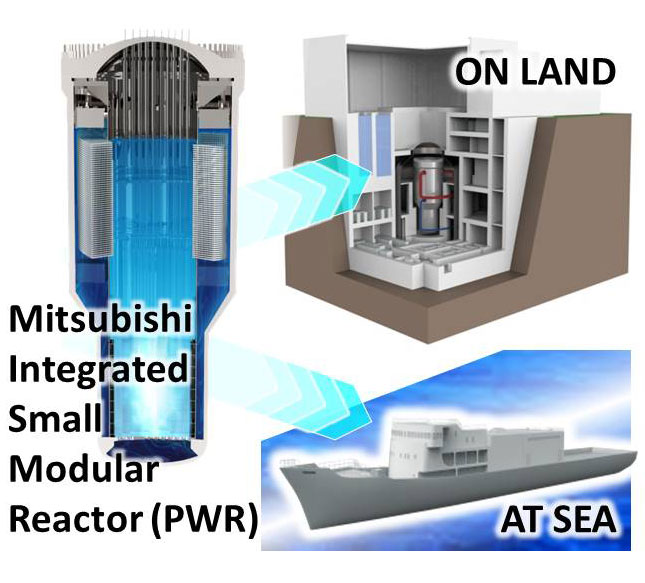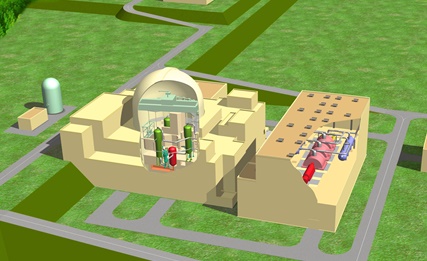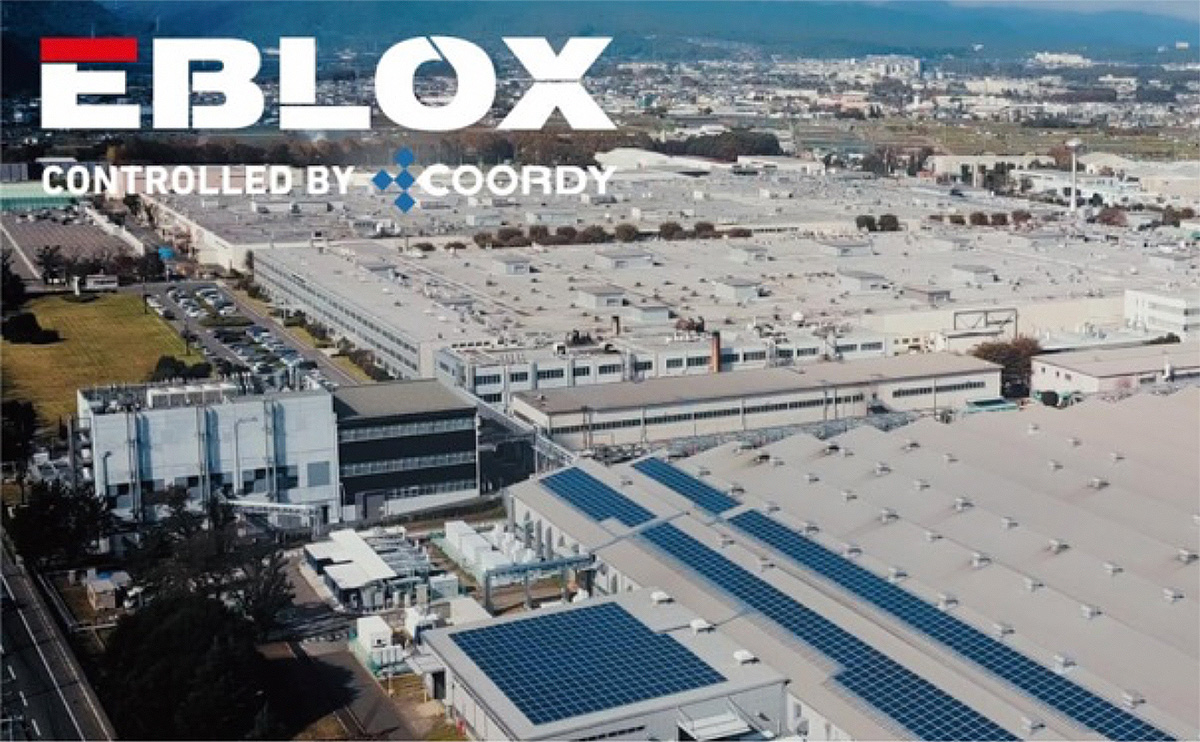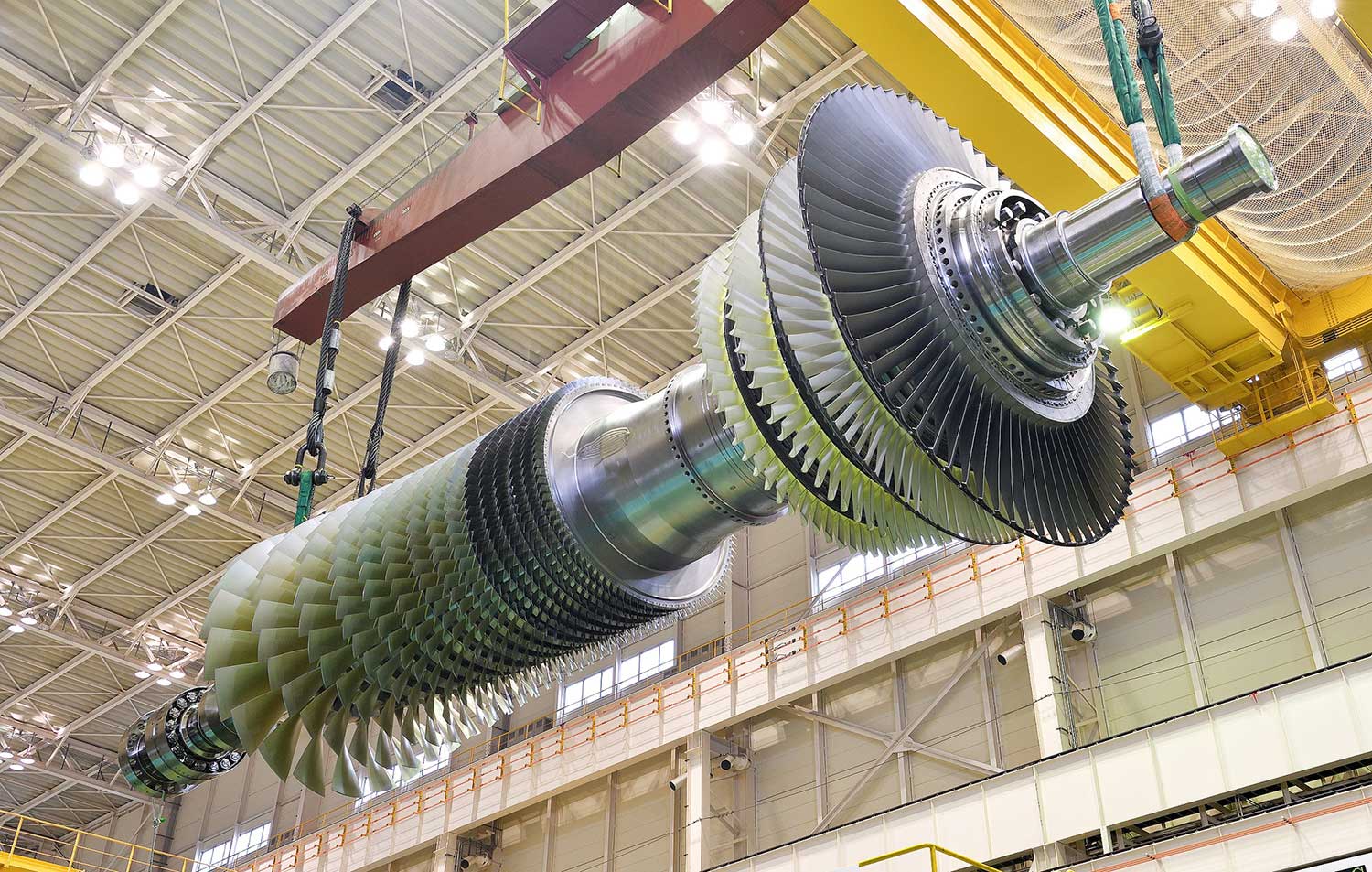Development of Ammonia fired Boiler
Mitsubishi Heavy Industries, Ltd.
Outline
Expecting for realizing of stable supply of CO2 free Ammonia (NH3), MHI Group will develop the modification package for steam power plant which can burn Ammonia (NH3) as fuel by co-firing or exclusive firing.
The amount of consumed Ammonia means the adaption of CO2 Zero(0) emission fuel.
By continuing operation of existing steam power plant, we can secure power grid stability by maintaining inertia of power block and reacting power.
It means not only the CO2 Zero emission power system but also the option to prevent existing power plant from stranded assets and from reduction of employment.
Therefore the development of this system is meaningful innovation for both the economic and the sustainable society.
Description
To develop the modification package for steam power plant which can burn Ammonia (NH3) as fuel by co-firing or exclusive firing, a following item will be verified by 3 steps.
- Major aspects of the innovation -
By using the R&D data which was taken by small capacity combustion test facility (Drop Tube Furnace), CFD analysis for boiler combustion will be carried out carefully and effectively to verify. Since the current cost of Ammonia is so high, we cannot immediately carry out large capacity test efficiently. The following items for Ammonia co-firing/exclusive-firing shall be verified by CFD analysis; burning rate (reacting rate), combustibility (ignition loss) and mechanism for NOx emission to study most effective Ammonia combustion method and the measures for NOx emission or ammonia leakage for Air preHeater or other equipment.
- Finished R&D -
Data of Ammonia firing by small capacity combustion test facility (Drop Tube Furnace).
Data of Ammonia co-firing of Actual Boiler. (lower firing ratio)
- Verification steps -
Step1 Study of boiler performance for assorted firing ratio by CFD
Step2 Digital mock up of the optimized burner for Ammonia co-firing /exclusive firing by CDF. And combustion test by large capacity test furnace.
Step3 Based on Step2 result, combustion test for co-firing /exclusive firing will be conducted gradually.
Partner(s)
Mitsubishi Power, Ltd.
Other Innovation Challenges
Commercialization of “carbon neutral” and “carbon negative” by implementing carbon capture technology
Mitsubishi Heavy Industries, Ltd.
Decarbonization technology of Waste to Energy Facilities
Mitsubishi Heavy Industries, Ltd.
Dissemination of Low-Carbon Stable Energy Infrastructure Based on IGCC Technology
Mitsubishi Heavy Industries, Ltd.
High-Temperature Gas-cooled Reactor co-generation for hydrogen production
Mitsubishi Heavy Industries, Ltd.
Promotion of centrifugal chillers using low-GWP refrigerant across full capacity range
Mitsubishi Heavy Industries, Ltd.
QoEnTM approach – A Quantitative Index to suggest the direction toward High-quality Energy Infrastructure
Mitsubishi Heavy Industries, Ltd.
SMR Development for Small Grit Power Reactors and Mobile Reactors
Mitsubishi Heavy Industries, Ltd.
the next-generation light water reactor achieving the world's highest safety and economic efficiency
Mitsubishi Heavy Industries, Ltd.
Triple hybrid stand–alone power generation system
Mitsubishi Heavy Industries, Ltd.
World's most efficient large GTCC power plant
Mitsubishi Heavy Industries, Ltd.
Similar Innovation Challenges
Accelarating the penetration of renewable energy resources with “Open Energy System”
Sony Group Corporation
Achieving net-zero carbon emissions from plant factories using full artificial lighting
Taikisha Ltd.
Advanced technology for buildings providing energy-saving and comfortable indoor environment (under Net Zero Energy condition)
Mitsubishi Electric Corporation
AI control reduces base station power consumption by up to 50%
KDDI CORPORATION



